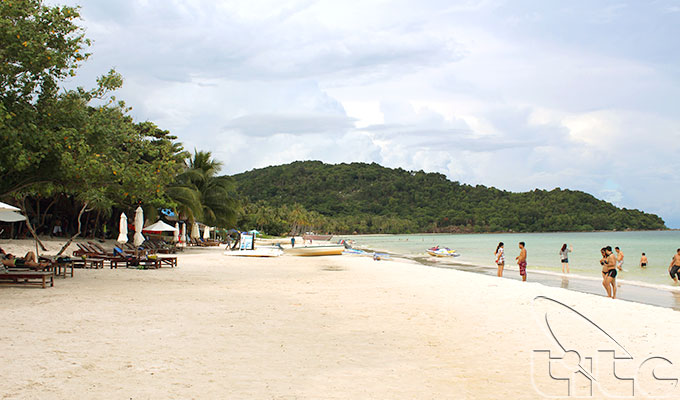The year 2017 wrapped up with spectacular results in the history of Vietnamese tourism. However, tourism experts have warned that these initial achievements are still modest compared to the tourism potential.

A peaceful Trang An in the winter
Vietnamese tourism products remain unattractive with limited service quality, while the sector is still lacking in human resources and most of the domestic tourism businesses are mainly operating on a small or medium scale. The country has not yet attracted a sizable number of high spending international tourists from distant markets.
In order to improve its competitiveness and strong development, the "smoke-free industry" definitely has to be restructured. It is also one of the eight important tasks set by the Politburo in Resolution No. 08 NQ/TW on developing tourism into a spearhead economic sector. The question is what should be restructured, in which direction and where to start.
The World Economic Forum's Travel & Tourism Competitiveness Report 2017 gave quite a good assessment of Viet Nam's tourism capacity among the 136 economies across the world. Viet Nam was ranked 34/136 in terms of natural tourism resources, 30/136 in cultural tourism resources and 37/136 regarding the tourism labour market.
However, the overall competitiveness of Vietnamese tourism was quite low at 67th, with many indicators being even lower, such as environmental sustainability (129th), tourism infrastructure quality (113th) and entry-level requirements (116th). Therefore, to make a breakthrough in tourism development during the restructuring process, it is necessary to significantly improve Vietnam's low competitiveness indexes in correlation with the rest of the world.
According to the Viet Nam National Administration of Tourism (VNAT), tourism restructuring should be focused on core issues towards restructuring public investment for the synchronous development of tourism infrastructure, national tourism complexes and human resources. Private investment should be mobilised for specialised products with hi-tech application, in line with rearranging resources through transforming the management models of tourist sites.
It is also necessary to adjust the direction for tourism product development. Besides developing key products with competitive advantages, such as marine tourism, cultural tourism and ecological tourism, it is crucial to expand new tourism products, including event tourism, adventure travel and medical tourism.

Beach in Phu Quoc Island
Market development should be adjusted towards attracting high-spending tourist markets, in addition to enhancing both the quality and quantity of human resources for tourism and boosting international cooperation.
VNAT also suggested restructuring the tourism enterprises towards boosting SOE equitisation to form a strong enterprise system to lead the sector’s development, while promoting community-based tourism. Rearranging tourism management in tourist destinations is also another request to facilitate tourism professionalism and sustainability and promote local destination management and formulate mechanisms for the management of destinations at a regional level.
It is necessary to carry out all the aforementioned requirements to create an overall strength for tourism development, however, experts insist that there should be a clear and concrete roadmap with which to identify the priority tasks to focus on. They argued that restructuring should start with tourism products, as it is the output in the tourism value chain that brings direct revenue to the industry.
Good products will determine the visitors’ spending level, thus identifying targeted market segments and balancing the customer structure towards increasing the proportion of high spending visitors from distant markets is important. Furthermore, it requires the need for appropriate promotion activities, as well as improving the quality and quantity of manpower and management method. In addition, the role of tourism enterprises is also a matter of concern in the immediate future.
Policies and regulations relating to tourism development need to be business-centric in order to enhance creativity and healthy competition among enterprises, as more than 80% of travel enterprises are small or medium sized, with fragmented links and unprofessional operations, so the sector’s restructuring should be concerned with increasing the links among firms.
To move in the right direction, Viet Nam needs to conduct research on the trends and demands for tourism in the short and long term as a basis for restructuring the sector, while developing a detailed roadmap during the restructuring process to solve arising problems in a uniform and definitive manner.